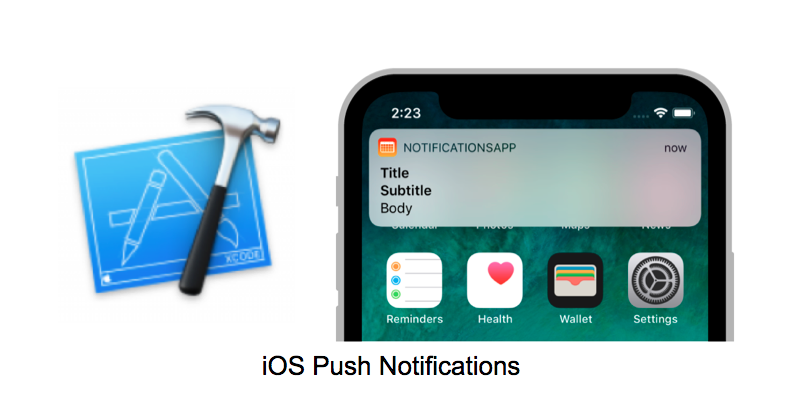

- IOS AND ANDROID HTML WEB APP WRAPPER PUSH NOTIFICATIONS CODE
- IOS AND ANDROID HTML WEB APP WRAPPER PUSH NOTIFICATIONS OFFLINE
HTML would best be implemented as stale-while-revalidate. For example, by default, image assets and fonts are set to "cache first," so they are always served instantly. Workbox caching strategies are similar to those in other caching layers such as Varnish. Some people may be resistant to libraries, but this is the direction Google is taking with PWAs.
IOS AND ANDROID HTML WEB APP WRAPPER PUSH NOTIFICATIONS CODE
Here, setting caching strategies for different asset types and routes is simplified from about 30 lines of code using just the javascript Fetch API to about five lines. The 2.x and 7.2x versions port the service worker to Workbox, where you can set caching strategies. Using the Chrome console to remote debug on a mobile device is possible on Android and can be helpful. You can find additional debugging steps for a service worker on this PWA module documentation page. Any changes pushed to production for CSS or other assets with cache first strategies should be followed by incrementing the service worker version to bust the cache. Promise.resolve(pwaUninstallServiceWorker()) Ĭonsole.error('PWA: Phone-home - ', error) ĭisable the module on dev as it provides an extra caching layer.

if no network, don't try to phone-home.Ĭbug('PWA: Phone-home - Network not detected.') Ĭbug('PWA: Phone-home - Network detected, module detected.') Ĭbug('PWA: Phone-home - Network detected, module NOT detected. Let phoneHomeUrl = fetch(PWA_PHONE_HOME_URL) Fetch phone-home URL and process response. The service worker then unregisters itself and deletes all related caches left on the user's browser. If the URL does not exist, it means the module has been uninstalled. The module sends a request back to a URL created by the module. The module provides another clever piece of functionality-responsible cleanup when uninstalled. (Alex Borsody, CC BY-SA 4.0) Phone home uninstall The variables in the service worker are replaced with the path to the assets to cache. $resources = $image->getAttribute('src') īelow, you can see the final result in the processed serviceworker.js file that is output in the browser. $resources = array_merge($resources, $matches) In D8, I changed the request to use Drupal::httpClient(), which is the updated version of drupal_http_request() in D7 and is a wrapper for the PHP Guzzle library. There is functionality in the module's service worker that provides unique solutions to Drupal-specific behavior, although you can also apply these solutions to apps outside of Drupal.īelow, I fetch all the assets from the URLs set in the admin panel to inject later into the service worker precache assets array. Its secondary functionality also generates a manifest.json, so once installed, it will fulfill the basic requirements of a PWA out-of-the-box.
IOS AND ANDROID HTML WEB APP WRAPPER PUSH NOTIFICATIONS OFFLINE
The Drupal PWA module is a solution that generates a service worker for caching strategies and offline capabilities.


PWA is a collection of different techniques combined in a web browser to create an "app-like" experience.Even with "unlimited resources," developing an app from a single codebase, using commonly known web technologies, allows for a more frictionless, sane release cycle. All projects have limitations, whether they be development resources, timeline, budget, or technical debt. Progressive Web Apps (PWA) have support from some of the top tech companies, including Google and Microsoft, with the common goal being " Web apps should be able to do anything iOS, Android, or desktop apps can." PWAs can add value to businesses at a variety of different stages. The following article is a companion to my presentation at Drupalcon and Drupalcamp covering Progressive Web Apps implementations.


 0 kommentar(er)
0 kommentar(er)
